2020 has proven to be the year that, in a motorsport sense, has disrupted the accepted flow. Formula 1 has seen their schedule compressed, with a normal fortnightly race cycle (for the most part) changed to one every weekend.
In Australia the changing situation has seen our top tier category, Supercars, face equal uncertainty, both with race scheduling and locations due to “hotspots”. Many other high-level categories, such as the popular Porsche categories or the new TCR group, have had their year effectively sidelined with no start date in sight.
And yet, a championship series wasn’t always based around twenty or more races per year, as we’ve become accustomed to.
The Australian Touring Car Championship has a sixty year history and in the last couple of decades has expanded to a championship comprised of over twenty five races. However, the first championship round, held at the now defunct Gnoo Blas circuit at the central-western NSW town of Orange, west of Bathurst, was all of one race.
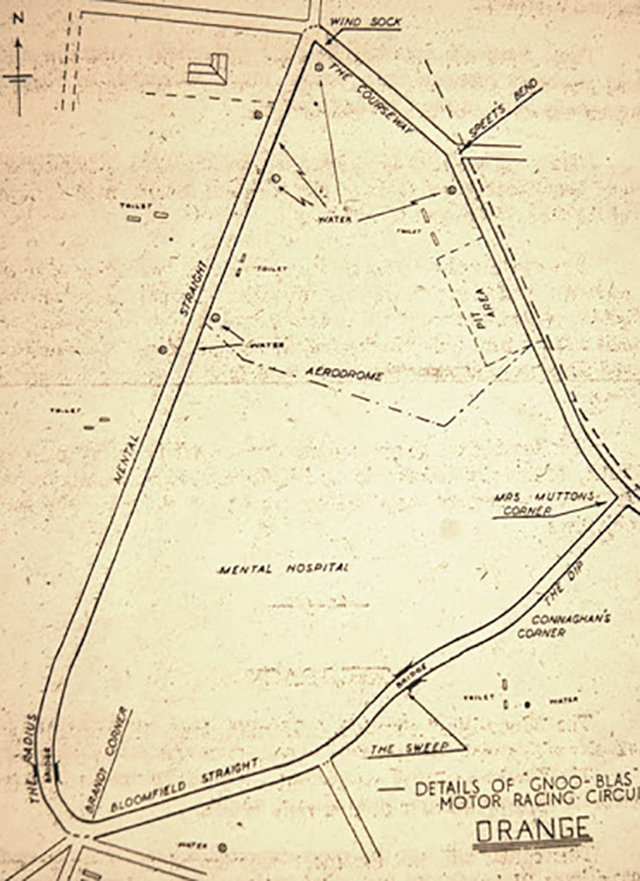
That set the trend for the next near decade, with 1961 to 1968 all being a one race championship. Locations, too, varied from year to year, with 1961’s race held at the Lowood Airfield around 70km west of Brisbane. This location was also home to the Australian Drivers’ Championship from 1957 to 1962 and played host to the Australian Grand Prix in 1960.
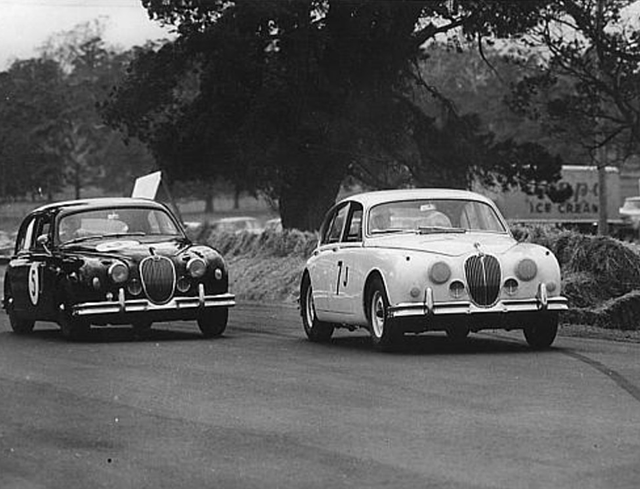
Driving a Jaaaaaaaaaaaaaaaaaaag was the order of the day as well, with a Mark 1 and Mark 2 the winner of the first four events, with Bob Jane piloting his Mark 2 to wins at Longford in Tasmania and Mallala in South Australia in 1962 and 1963.
The next five races were Ford affairs, with 1964’s Lakeside Raceway seeing Ian Geoghegan take the chequered flag in a Mark 1 GT Cortina, before the heavy hitting Mustang won the next four at Sandown, Mount Panorama, Lakeside, and Warwick Farm. Norm Beechey won in 1965, with Geoghegan taking out the following three.
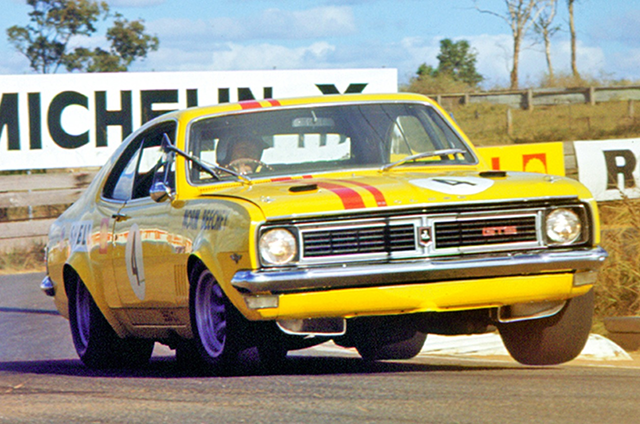
Things changed for 1969, with the ATCC expanding to a five race series and for the first time seeing races at Surfers Paradise and Symmons Plains. The series kicked off at Calder Park in March of that year with Bob Jane in a Mustang getting the gold. Ian Geoghegan would win the next two in a Mustang at Mount Panorama and Mallala before Holden stepped up with their HK Monaro GTS327 in the hands of Norm Beechey.
The 1970s would see all but two years expand to seven or eight race events, with 1976 and 1977 out to eleven. It was era of Colin Bond, Allan Moffat, Allan Grice, and Peter Brock, with wins to the Red Lion and the Blue Oval.
1975 had seven race events, with three in March alone. Locations such as Oran Park and Amaroo Park were part of the calendar, and 1975 stands out with Holden’s L34 powered SL/R 5000 Torana winning all seven, a feat repeated in 1979 eight race calendar by the LX Torana SS A9X.
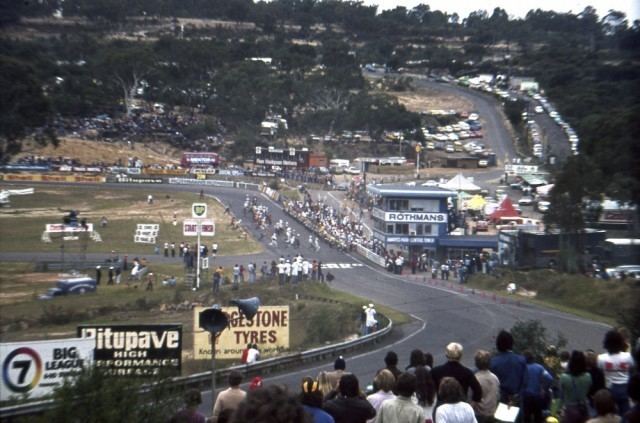
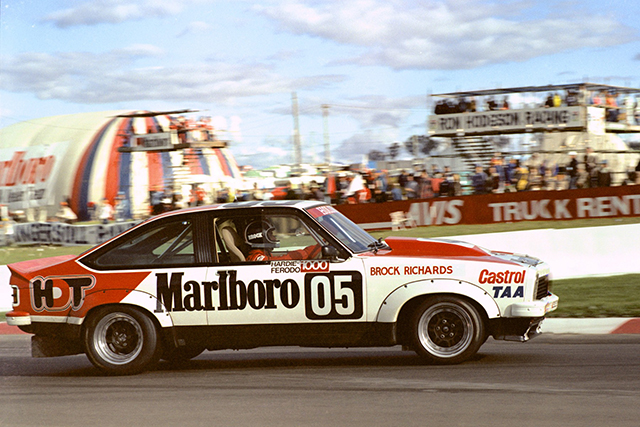
Come the 1980s and there was some settling down in the first half of the decade. 1980 to 1983 had eight race weekend, 1984, seven before 1985 and 1986 moved to ten for the first time. 1985 was dominated by Jim Richards and his BMW 635 CSi, winning seven of the ten at Winton raceway for the first race then six straight from round 4 to 9. 1988 and 1989 were nine and eight rounds, notable for Ford’s all conquering Sierra RS500 taking the wins in all bar the second last of 1989 at Winton. Dick Johnson and John Bowe would win 14 of these, with a win each to Tony Longhurst and Peter Brock. George Fury and his Skyline was “the odd one out” in these two years.
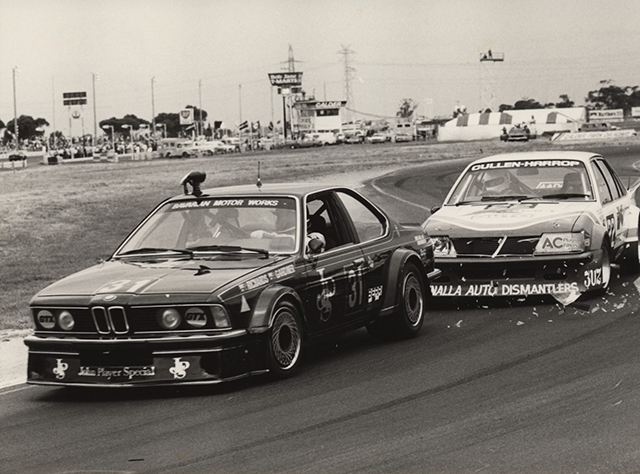
The 1990s and the first two years were eight and nine rounds, with 1992 seeing the first year of co-drivers being available for that year’s nine round season. Round 1 for 1992 was at Amaroo Park, and Mark Skaife would partner with Brock in the Gibson Motorsport R32 Skyline for the win.
1993 would also have nine, and would also be the last year with that number in the ‘90s, with 1994 to 1998 covering ten, and 1999 a whopping 13. Only Queensland Raceway, in July and mid-September, would see two events, with locations such as Eastern Creek (the first event), Calder Park, and Phillip Island, all having just one.
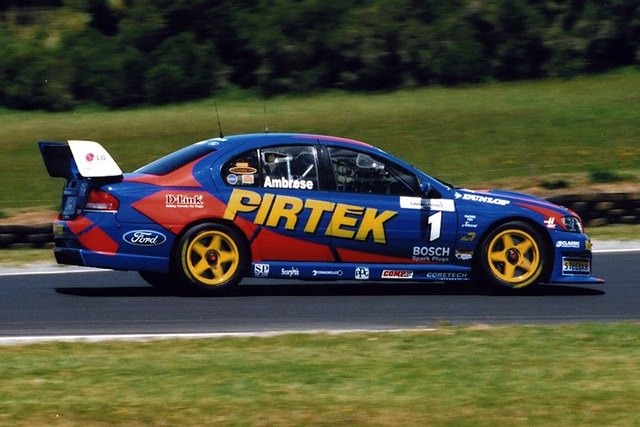
The clock ticks midnight and the 20th Century becomes history. The “noughties” see 13 as a lucky number, with 2000 to 2006 having that number of race weekends. The V8 Supercars has Holden Commodore versus Ford’s Falcons, and names such as Russell Ingall and Marcus Ambrose are becoming more common on the winners’ lists.
2007 jumped to 14 race weekends and it’s stayed that way, give or take a weekend, until this Covid-affected year.